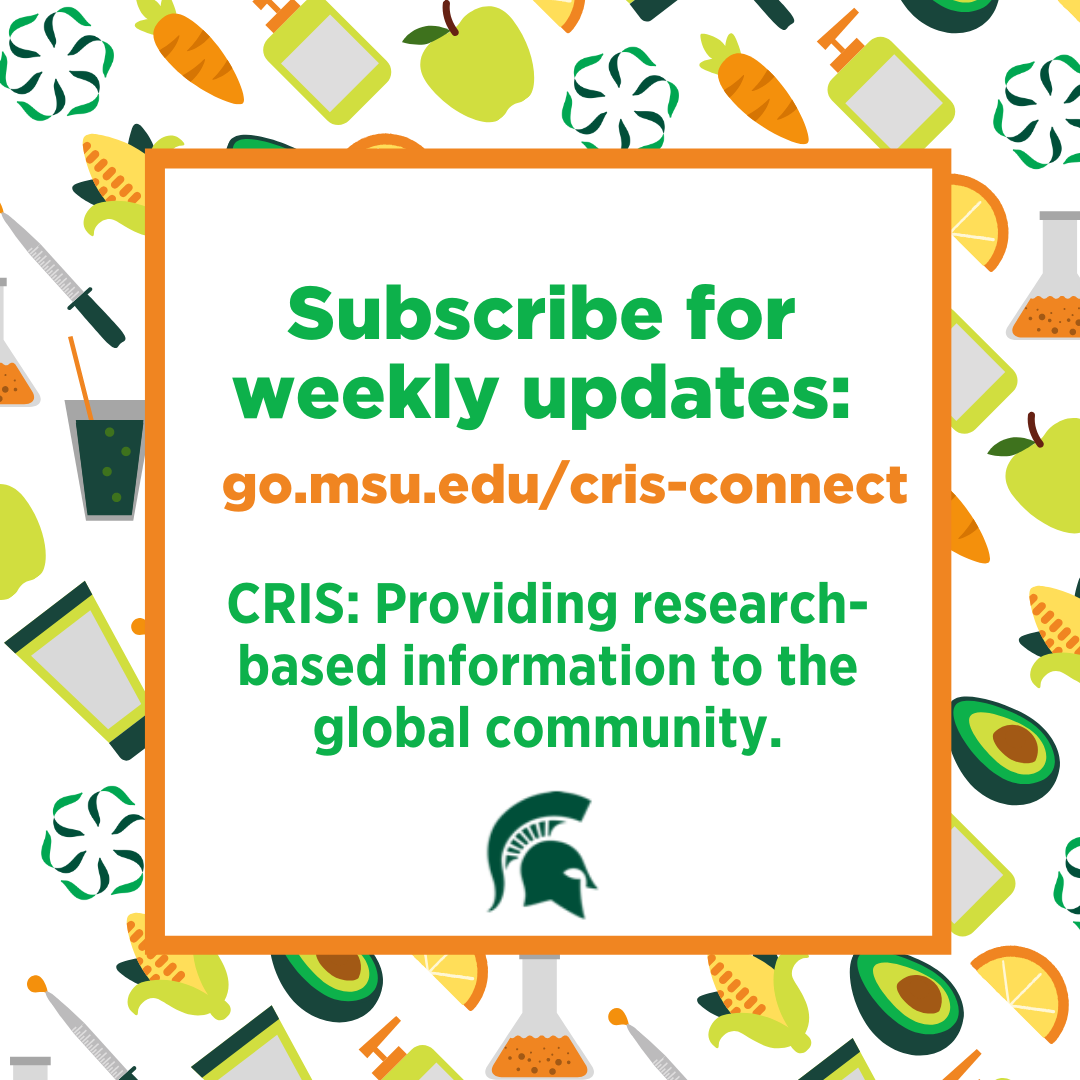In the news – Titanium Dioxide Safety Update
This Article is offered in: English, French
European lawmakers take a second look at titanium dioxide.

What is titanium dioxide?
Titanium dioxide is a naturally occurring mineral found in our environment. Titanium dioxide approved for consumption and use by humans is known as E171. We use E171 in cosmetics, foods, and drugs to amplify and brighten white opacity, define colors clearly, to prevent UV degradation, and protect skin from UVA & UVB rays (1,2).
(1,2).
What's the deal with titanium dioxide?
We've used titanium dioxide safely for decades. However, recently its safety was called into question.
At CRIS, we've explored the safety of titanium dioxide for nearly half a decade, including conducting double-blind research to test the safety of food-grade titanium dioxide (E171). Our study shows that when exposed to food-grade titanium dioxide in normal conditions, research animals did not experience adverse health outcomes.
It's important to emphasize that in a National Institutes of Health study, experimental animals were exposed to titanium dioxide in amounts as high as 5% of their diet for a lifetime and showed no evidence of adverse effects.
A handful of studies greatly influenced the decisions made by the European Food Safety Authority (EFSA). Unfortunately, these studies did not consider that titanium dioxide exposure comes from food, not drinking water. Additionally, CRIS researchers could not reproduce the adverse outcomes identified by the studies through typical food ingestion. Regardless, the EFSA banned E171 as a food ingredient and for use in other capacities in the summer of 2022.
In 2022, the United States, United Kingdom, and Canada maintained that the scientific evidence supports that titanium dioxide (E171) is safe for humans to use and consume.
Is titanium dioxide (E171) harmful to our health?
In short, no, research demonstrates that E171 is safe when consumed in normal situations.
Moreover, how we're exposed to an ingredient matters significantly in terms of our health and potential toxicity.
Research shows that inhaling titanium dioxide particles in significant quantities over time can cause adverse health outcomes. Unless you work in an industrial setting, inhaling substantial amounts of titanium dioxide is highly unlikely.
Research supports that applying titanium dioxide to the skin in the form of sunscreens, makeup, and other topical products does not pose a health risk.
Overwhelmingly, research that's relevant to human exposure shows us that E171 is safe when ingested normally through foods and drugs (1,2).
Again, other research suggests that E171 could cause harm; however, those research processes did not design their studies to model how people are exposed to E171. Research that adds E171 to drinking water, utilizes direct injections, or gives research animals E171 through a feeding apparatus is not replicating typical human exposure, which occurs through food and medicine consumption.
Read more in-depth about the titanium dioxide risk at go.msu.edu/8Dp5.
What’s recently changed with titanium dioxide and regulations?
On November 23, 2022, the General Court of the European Union reversed the conclusion that titanium dioxide was carcinogenic and released a statement (1,2):
“First, the Commission made a manifest error in its assessment of the reliability and acceptability of the study on which the classification was based and, second, it infringed the criterion according to which that classification can relate only to a substance that has the intrinsic property to cause cancer.”
As part of our mission at CRIS we base our safety assessments on the currently available scientific evidence and consider many variables (e.g., study quality, journal of publication, etc.), even if it goes against previous conclusions. Evidence-informed decisions making is critical to ensure that the laws and regulations put into place are for the benefit of the population.
The EU General Court maintains that the scientific evidence presented wasn’t the complete picture for the ingredient, “in the present case, the requirement to base the classification of a carcinogenic substance on reliable and acceptable studies was not satisfied.”
What does this court ruling mean for regulation?
While this ruling from the EU General Court doesn’t immediately change the regulations surrounding titanium dioxide, nor does it change the ban that went into place in 2022, it does put the ingredient back in the spotlight.
In the coming months, we will see how the ruling impacts the regulations around titanium dioxide (E171), and we’ll see if the European Food Safety Authority (EFSA) will take another look at the body of scientific evidence used to justify the current ban on E171 in foods and pharmaceuticals.
The good news.
Getting the science right is imperative for any ingredient. We’re hopeful that this ruling shows that lawmakers and regulators are willing to take a deep look at the science to ensure that accurate scientific evidence is used to make regulatory decisions around ingredient safety.
If you have any questions about foods and ingredients, please reach out to us on Twitter, send us an email, or submit your idea to us at go.msu.edu/cris-idea.



 Print
Print Email
Email

